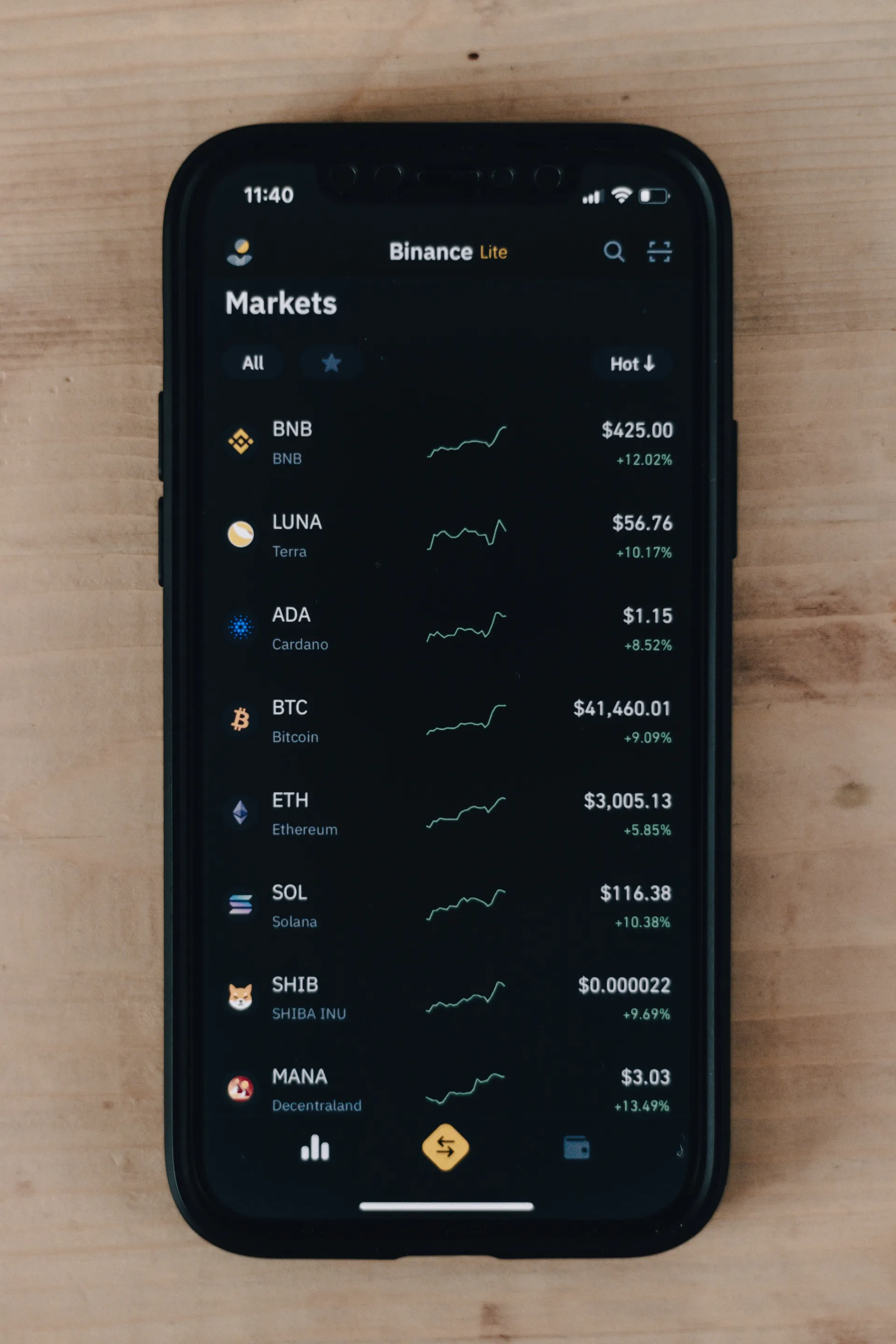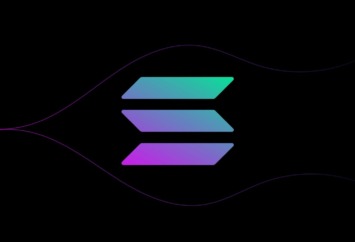Ethereum is a groundbreaking decentralized blockchain platform that has revolutionized the cryptocurrency world since its launch in 2015. Built upon foundational blockchain technology that Ethereum expands and enhances, it has become the second-largest cryptocurrency by market capitalization after Bitcoin, playing a pivotal role in the digital asset ecosystem. However, it is more than just a cryptocurrency—it is an open-source platform empowering developers to create and deploy smart contracts and decentralized applications (dApps).
By offering a blockchain infrastructure that extends beyond simple value transfer, Ethereum has unlocked new possibilities in areas like decentralized finance (DeFi), non-fungible tokens (NFTs), and decentralized autonomous organizations (DAOs).
Exploring Ethereum means diving into an innovative ecosystem that is reshaping our perspectives on finance, technology, and organizational structures. Whether you’re a crypto enthusiast, developer, or simply curious about blockchain’s future, understanding Ethereum is key to grasping the potential of this transformative platform.
The Foundation of Ethereum
Concept and Creation
The concept of Ethereum emerged from the desire to extend blockchain technology beyond simple financial transactions. In 2013, Vitalik Buterin, a young programmer and Bitcoin enthusiast, envisioned a platform capable of leveraging blockchain for more complex applications.
Buterin’s white paper introduced a groundbreaking idea: a blockchain that could execute computer code, enabling the creation of decentralized applications and smart contracts.
The name “Ethereum” was chosen by Buterin after exploring Wikipedia articles about elements and science fiction. He encountered the word “ether,” which refers to the hypothetical medium allowing light to travel through space, and felt it perfectly embodied his vision for the project. This choice reflects Ethereum’s ambitious goal of being the foundational medium for a new decentralized internet.
Core Components and Technology
At the core of Ethereum lies a set of key components that work together to create a robust and versatile blockchain ecosystem. The Ethereum Virtual Machine (EVM) is the backbone of the network, acting as a decentralized computer that executes smart contracts.
This powerful feature allows developers to build and deploy complex applications without relying on centralized servers.
Another critical component is the Ethereum State, a real-time database that tracks account balances, smart contract data, and network activities. This state is continuously updated as transactions occur, ensuring all network participants have an accurate and up-to-date view of the blockchain’s status.
The mempool, or memory pool, temporarily holds unconfirmed transactions awaiting validation and inclusion in the blockchain. This component is essential for managing transaction flow and maintaining network efficiency.
The blockchain itself serves as an immutable ledger, securely and transparently recording all confirmed transactions and state changes.
Ethereum’s innovative architecture also includes features like its native cryptocurrency, Ether (ETH), used to pay for computational services on the network, and gas, a mechanism for resource allocation and spam prevention. These elements, along with the platform’s support for smart contracts and decentralized applications (dApps), have established Ethereum as a cornerstone of the blockchain revolution. It supports a wide range of use cases, from decentralized finance (DeFi) to non-fungible tokens (NFTs) and beyond.
Functionalities and Features

Smart Contracts and DApps
At the heart of Ethereum’s revolutionary capabilities lie smart contracts and decentralized applications (DApps). Smart contracts are self-executing agreements with terms directly embedded in code, automatically enforcing and executing the contract’s conditions without the need for intermediaries.
This groundbreaking feature has unlocked a myriad of possibilities across various industries, including finance, real estate, and more.
DApps, built on top of these smart contracts, represent the next phase in application development. Unlike traditional apps that rely on centralized servers, DApps operate on Ethereum’s decentralized network, providing enhanced security, transparency, and resistance to censorship.
The Ethereum ecosystem has grown significantly, now hosting thousands of DApps that cater to diverse use cases such as decentralized finance (DeFi), gaming, social media, and more.
One major advantage of Ethereum’s DApps is their seamless interaction with one another, creating a composable and interconnected ecosystem. This interoperability has driven innovation in the DeFi space, enabling the creation of decentralized exchanges, lending platforms, and yield farming protocols.
Ethereum 2.0 and Scalability Innovations
To support its expanding ecosystem, Ethereum has initiated a major upgrade called Ethereum 2.0. This overhaul is designed to address limitations in transaction speed and energy efficiency.
A key component of Ethereum 2.0 is the transition from a Proof-of-Work (PoW) consensus mechanism to Proof-of-Stake (PoS). This shift drastically reduces energy consumption, making the network more environmentally friendly and accessible to a wider range of participants. In the PoS system, validators stake their Ether to secure the network, replacing the energy-intensive mining process used in PoW.
Another critical innovation in Ethereum 2.0 is sharding, a technique that significantly enhances scalability. Sharding divides the blockchain into smaller segments, known as shard chains, allowing for parallel transaction processing. This approach could potentially increase Ethereum’s throughput from its current 15-30 transactions per second to tens of thousands per second.
The rollout of these upgrades is being executed in phases. The Beacon Chain, which serves as the backbone of the PoS system, has been live since December 2020. As additional phases are completed, including the full implementation of shard chains, Ethereum 2.0 is expected to overcome current scalability challenges, enabling broader adoption of DApps and smart contracts across multiple industries.
Ethereum’s Impact and Ecosystem
Decentralized Finance (DeFi)
Ethereum has become the central hub of the decentralized finance (DeFi) revolution, transforming traditional financial services. DeFi applications built on Ethereum provide a wide range of financial products and services without relying on intermediaries, making finance more accessible and transparent.
The DeFi ecosystem on Ethereum has seen tremendous growth, with the total value locked in DeFi protocols increasing from less than $1 billion to over $10 billion during the “DeFi Summer” of 2020. This rapid adoption has established Ethereum as the leading smart contract platform for the DeFi and broader Web3 ecosystem.
Innovative platforms like Aave and Compound have redefined lending and borrowing by allowing users to lend their crypto assets for interest or borrow against collateral, all managed by smart contracts. These platforms eliminate the need for traditional banks, democratizing financial services and creating new opportunities for wealth generation.
The composability of DeFi protocols on Ethereum has introduced the concept of “money legos,” enabling different financial products to be combined into complex and innovative financial instruments. This interoperability has spurred the creation of yield farming strategies, liquidity pools, and other advanced DeFi products that were previously unthinkable in traditional finance.
NFTs and Beyond
While DeFi has been a major driver of Ethereum’s growth, the platform’s influence extends beyond financial applications. The emergence of Non-Fungible Tokens (NFTs) has unlocked new possibilities for digital ownership and creativity, with Ethereum serving as the primary blockchain for NFT creation and trading.
Ethereum’s ERC-721 standard, introduced in 2017, laid the groundwork for the NFT revolution, enabling the creation of unique digital assets such as digital art and virtual real estate. This innovation has not only transformed the art world but has also opened up new economic opportunities for creators and collectors.
Beyond NFTs, Ethereum has supported the development of Decentralized Autonomous Organizations (DAOs), which represent a groundbreaking approach to organizational structure and governance. DAOs use smart contracts to enable community-led decision-making, facilitating the rapid mobilization of resources and capital on a global scale.
The Ethereum ecosystem continues to grow, with developers creating a diverse range of decentralized applications (dApps) across various industries. From decentralized social media platforms to supply chain management solutions, Ethereum’s versatility has made it a thriving environment for innovation.
As Ethereum progresses, particularly with the transition to Ethereum 2.0, its impact on the digital economy is expected to expand even further. The platform’s focus on scalability, sustainability, and innovation positions it as a leader in the blockchain revolution, driving the creation of new technologies and use cases that have the potential to transform industries and redefine trust in the digital age.
Conclusion
Ethereum has transformed the blockchain landscape with its groundbreaking smart contract functionality, decentralized applications, and continuous advancements. As the foundation of DeFi and NFTs, Ethereum remains at the forefront of innovation across numerous industries.
The shift to Ethereum 2.0 brings promises of improved scalability, lower energy consumption, and faster transactions, addressing critical challenges within the network. For users, developers, and investors, gaining a deep understanding of Ethereum’s ecosystem is essential for navigating the fast-paced world of blockchain technology.
As Ethereum evolves and adapts, staying informed and engaging with its community will be vital to unlocking its full potential. Whether your goal is to develop dApps, invest in ETH, or explore blockchain’s possibilities, Ethereum provides a powerful platform for innovation and growth.


